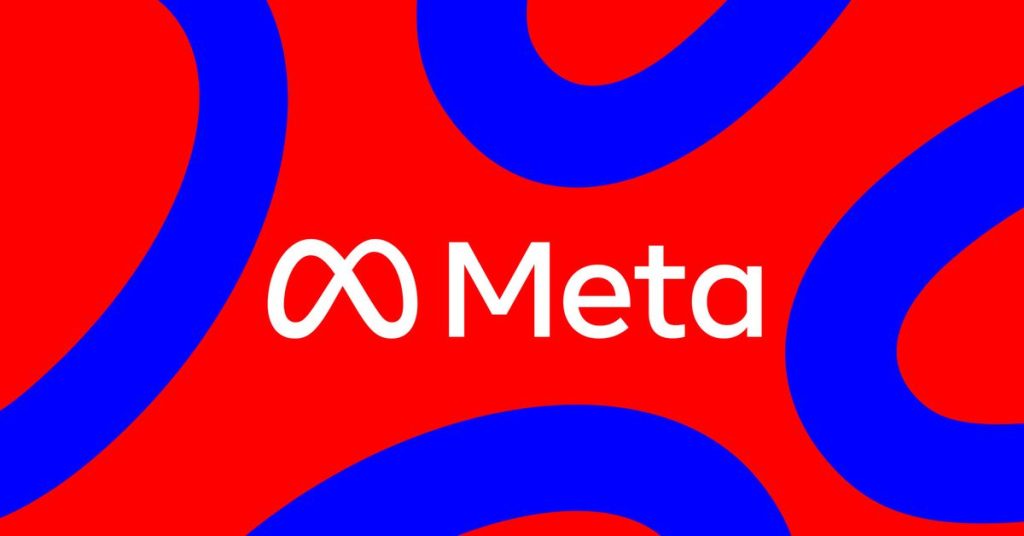Meta Platforms recently unveiled a groundbreaking AI model called I-JEPA, designed to revolutionize image completion and analysis. Unlike existing models, I-JEPA utilizes comprehensive background knowledge to accurately fill in missing sections of images. By incorporating human-like reasoning, Meta’s AI scientists, led by renowned expert Yann LeCun, have successfully mitigated common errors encountered in AI-generated images, such as the presence of extra fingers.

Meta’s Commitment to Open-Source Collaboration: Sharing Innovation for Industry Advancement
Meta has a strong track record of sharing AI research via its internal research lab. CEO Mark Zuckerberg believes in the value of opening their developed models to external researchers. This strategy not only drives innovation but also helps to identify potential safety concerns and reduce costs. He believes that standardizing these tools across the industry will enable Meta to benefit from advancements made by others.
Despite concerns raised by industry peers regarding the potential risks associated with AI technology, Meta’s executives have chosen not to endorse a statement equating these risks with pandemics and wars. Instead, they focus on building safety measures into AI systems, aligning with LeCun’s stance against “AI doomerism.”
In a move to bring AI closer to consumers, Meta is integrating generative AI features into its product suite. This includes advertising tools capable of creating image backgrounds, and an Instagram tool that can adjust user photos based on textual prompts, ushering in a new era of interactive, AI-enhanced social media.
Meta’s I-JEPA AI model represents a significant leap forward in image completion and analysis, driven by human-like reasoning and a commitment to open-source collaboration. With these advancements, Meta aims to enhance the quality and reliability of AI-generated images while pioneering new frontiers in the field of artificial intelligence.
RELATED:
- Apple Vision Pro: How does it compare with Meta Quest Pro and HTC Vive XR Elite?
- Meta’s new MusicGen AI can Generate Music from Prompts, just like ChatGPT
- Apple Vision Pro sets modest sales target of 150,000 units amidst tough competition from Meta Quest
- Top Guns to easily dominate enemies in BGMI
(Source)







